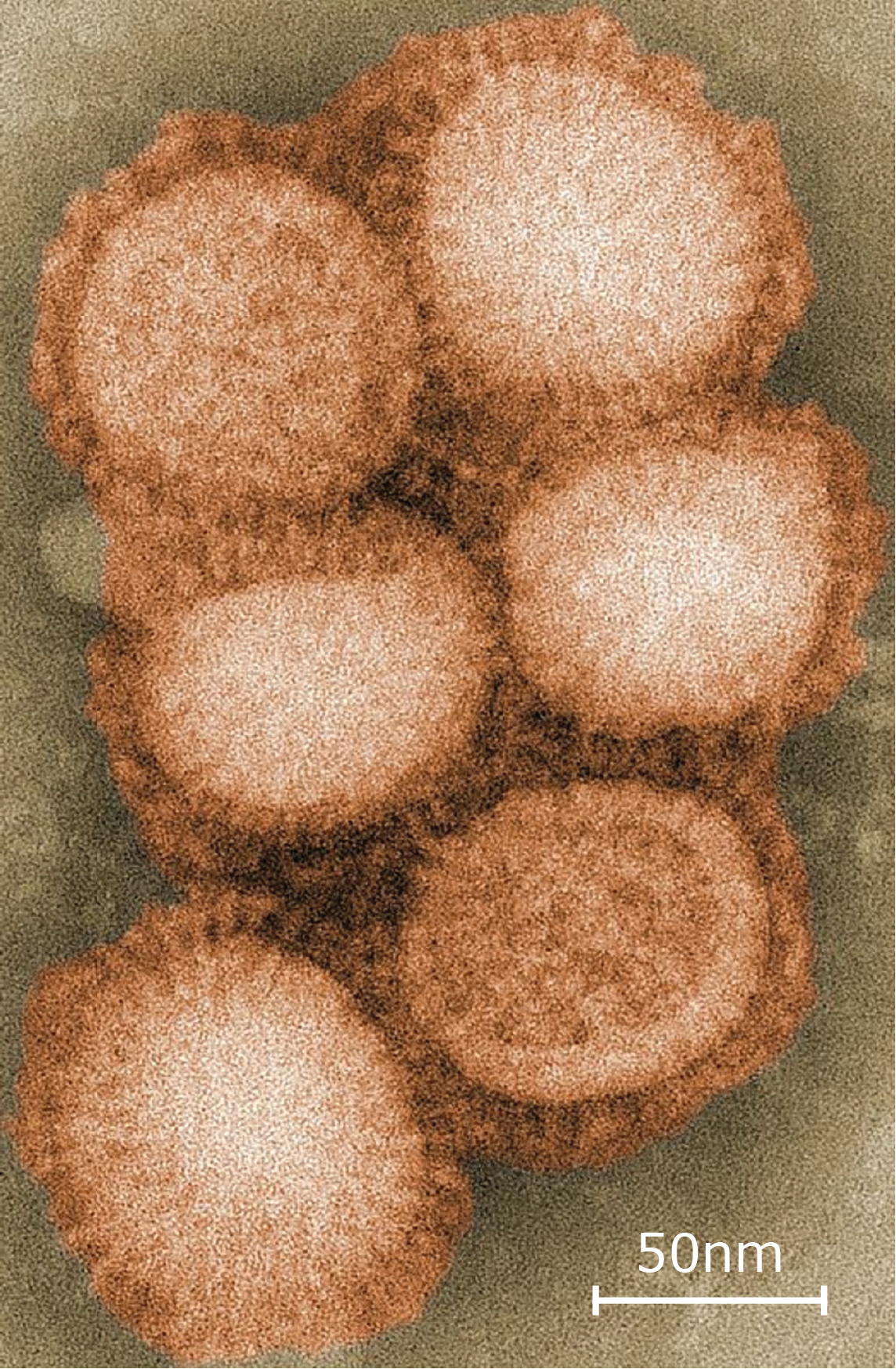This topic takes on average 55 minutes to read.
There are a number of interactive features in this resource:
 Biology
Biology
Influenza (flu) is caused by one of several different influenza viruses, known as type A, type B and type C. It is passed from one person to another by droplet infection, by sneezing, coughing and touching. Flu can be very serious or even deadly for very young children, for older people or people who are already unwell.
The symptoms of flu include:
• a high fever, feeling hot and cold in turns with sweating and shivering.
• aching muscles and painful joints.
• severe headaches
• sore throat and swollen glands
• breathlessness - this is because influenza attacks the deeper respiratory tubes of your lungs.
• exhaustion


The flu virus mutates rapidly. Usually the changes are very small so the flu virus is similar, although not the same, from year to year. But sometimes these mutations mean a very different strain of the flu virus appears. These are particularly dangerous because non-one is already immune to them. They can spread across a whole country (an epidemic), several countries or even across the world (a pandemic).
Over the last few centuries there has been a major outbreak of flu approximately every 30 years. As people travel more and more freely from country to country, the risks of a flu outbreak becoming a pandemic are always increasing.
One of the best ways to deal with flu is to prevent the spread in the first place.
• Wash your hands every time you sneeze or cough into your hand, to wash away the droplets that carry the virus
• throw out damp, germ-laden, used tissues immediately
• stay away from school or work while feeling ill
• you can be immunised against the flu but you need to be given a different vaccine each year. This is because of the rapid mutation of the flu virus. Flu vaccines are mainly recommended for older people, people with ongoing illnesses and people taking medication that weakens their immune system.
The symptoms of flu include:
• a high fever, feeling hot and cold in turns with sweating and shivering.
• aching muscles and painful joints.
• severe headaches
• sore throat and swollen glands
• breathlessness - this is because influenza attacks the deeper respiratory tubes of your lungs.
• exhaustion
Just like a cold, flu is caused by a virus and so there is no cure. Antiviral medicines such as Tamiflu© and Relenza© can slow down the replication of the virus and allow the body’s natural defences to overcome it. The symptoms can be relieved to some extent with medicine which act as pain killers, bring down the fever, or act as decongestants.
Most people need to be in bed for a time from several days to a couple of weeks. It is very important to keep taking fluids, because as you sweat a lot with the fever you tend to dehydrate and this makes the headache even worse. You are unlikely to feel like eating. It can take several weeks to fully recover from a severe bout of flu.
The flu virus attacks and kills the ciliated epithelium cells lining the respiratory tubes in the lungs, so it leaves the lungs very open to other infections. Many of the deaths linked to flu are in fact deaths from secondary bacterial infections such as pneumonia and bronchitis. Anyone with asthma or heart disease is also very vulnerable to the flu virus.